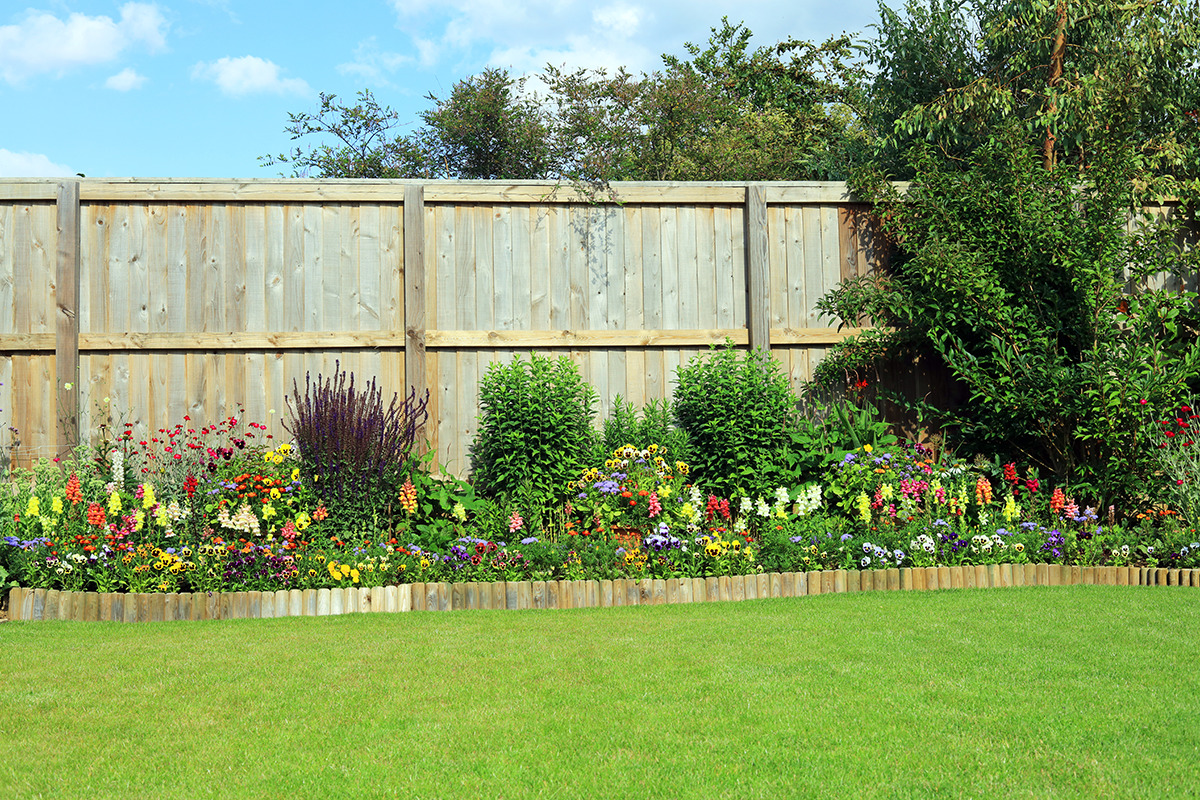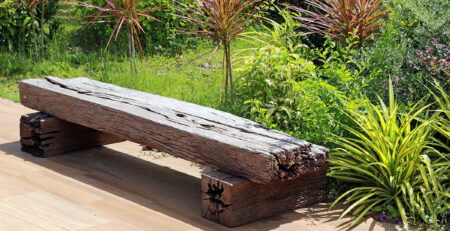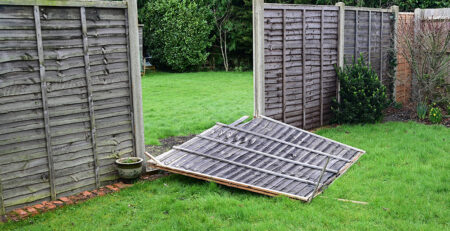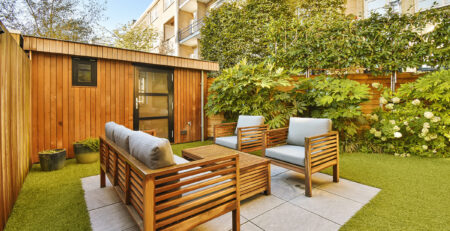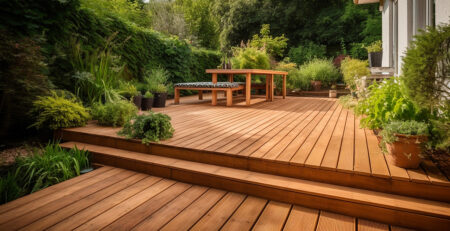Concrete vs Wood. Which is best for Fencing?
Unless you live in an apartment or flat fencing will eventually be something you need to consider. Fencing is a crucial aspect of any boundary, providing everything from privacy and security to aesthetic appeal. For centuries, wood has been the preferred material for fence posts and gravel boards, valued for its natural beauty and versatility. However, the introduction of concrete as an alternative material has brought with it a host of benefits. At Oakdale Fencing, we understand the dilemma homeowners face when choosing between concrete and wood for their fencing needs. With the sin mind, we take a look at the advantages and disadvantages of each to help you make an informed decision for your next fencing project.
The Timeless Appeal of Wood
Wooden fence posts and gravel boards have long been favoured for their classic, rustic charm. Wood offers a warm, natural look that blends seamlessly with most landscapes, making it a popular choice for homeowners seeking a traditional aesthetic. Additionally, wood is relatively easy to work with, allowing for customisation in terms of design, height, and shape.
However, wood is not without its disadvantages. One of the primary concerns with wooden fencing is its susceptibility to the elements. Although all our fence posts are pressure treated, over time, wood can warp, rot, and decay, particularly if not properly treated and maintained. Regular maintenance, including staining, sealing, and painting, is essential to extend the lifespan of wooden fence posts and gravel boards.
The Modern Advantages of Concrete
Concrete fence posts and gravel boards have gained popularity in recent years due to their durability and low maintenance requirements. Concrete is inherently resistant to rot, decay, and insect damage, making it an ideal choice for long-lasting fencing solutions. Unlike wood, concrete does not warp or splinter, ensuring that your fence remains straight and sturdy over time.
Another significant advantage of concrete is its strength. Concrete fence posts can withstand harsh weather conditions, including strong winds and heavy rain, without deteriorating. This resilience makes them particularly suitable for areas prone to extreme conditions and weather. Additionally, concrete is non-combustible, providing an extra layer of safety in regions susceptible to wildfires. The addition of concrete gravel boards to your fencing will also likely increase the life expectancy of your fence panels. By raising them of the ground, they are less susceptible to moisture and rot.
While the initial cost of concrete fence posts and gravel boards may be higher than that of wood, the long-term savings in maintenance and replacement costs can make concrete a more economical choice. Concrete fencing requires little to no upkeep, freeing you from the ongoing tasks of staining and sealing associated with wood.
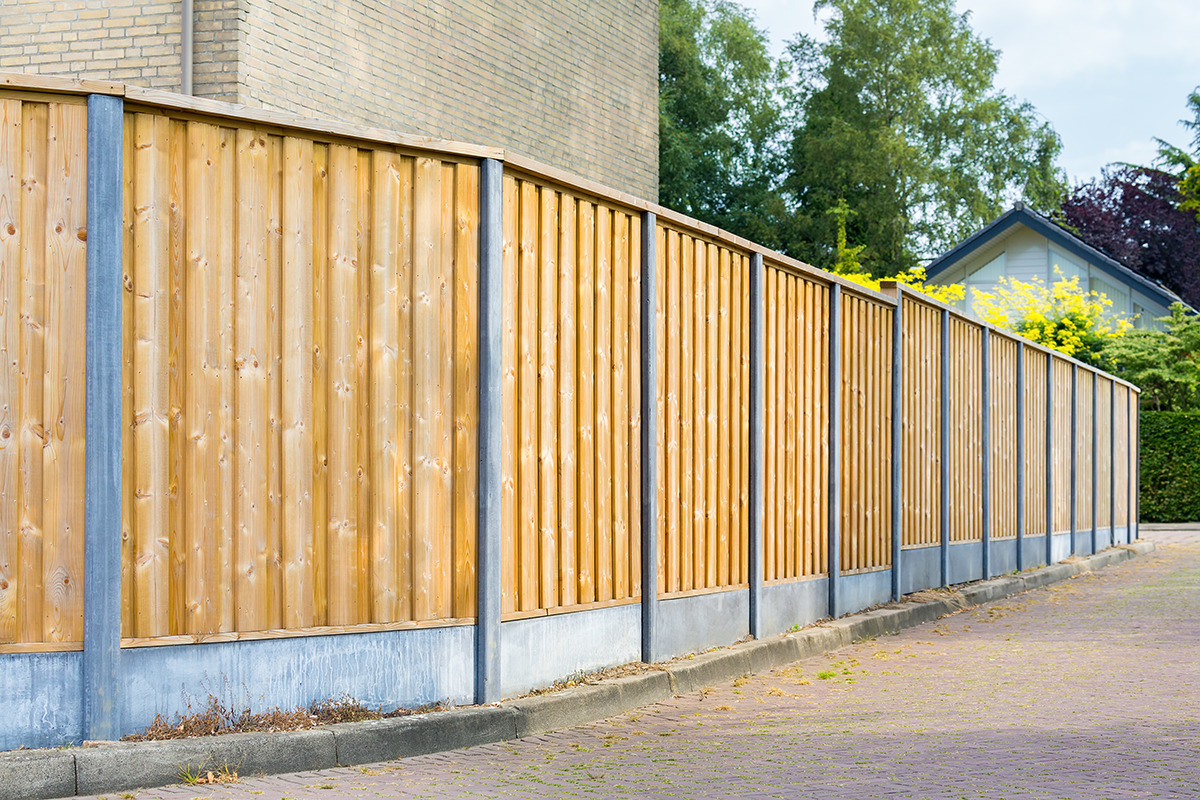
Balancing Tradition and Modernity
Despite the numerous benefits of concrete, many homeowners still prefer the traditional appeal of wooden fence posts and gravel boards. The natural look of wood can add character and warmth to a property, creating a welcoming atmosphere. For those who prioritise aesthetics and are willing to invest in regular maintenance, wood remains a viable option.
However, for homeowners seeking a more durable and low-maintenance solution, concrete fencing offers clear advantages. The long lifespan, resistance to environmental damage, and minimal upkeep make concrete an attractive alternative to wood.
Choosing the Right Fencing for You
When deciding between concrete and wood for your fencing needs, consider factors such as your budget, the area and your fencing will be, the elements it will be exposed to, and the amount of time you have for maintenance and upkeep.
At Oakdale Fencing, we offer a range of high-quality fencing materials to suit your preferences and requirements. Whether you choose wooden fence posts or the more durable concrete fence posts, our team is here to help you create the perfect fence for your property.

